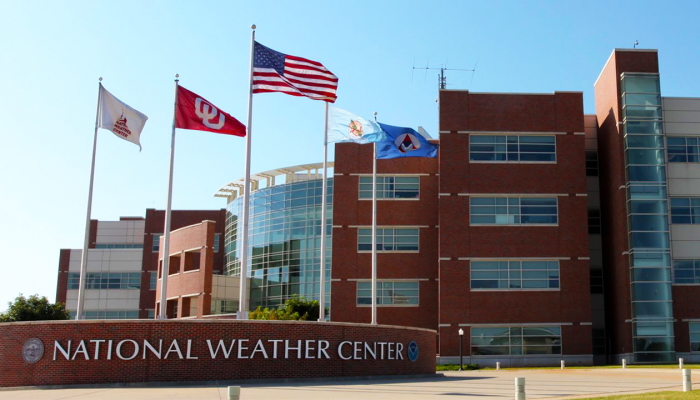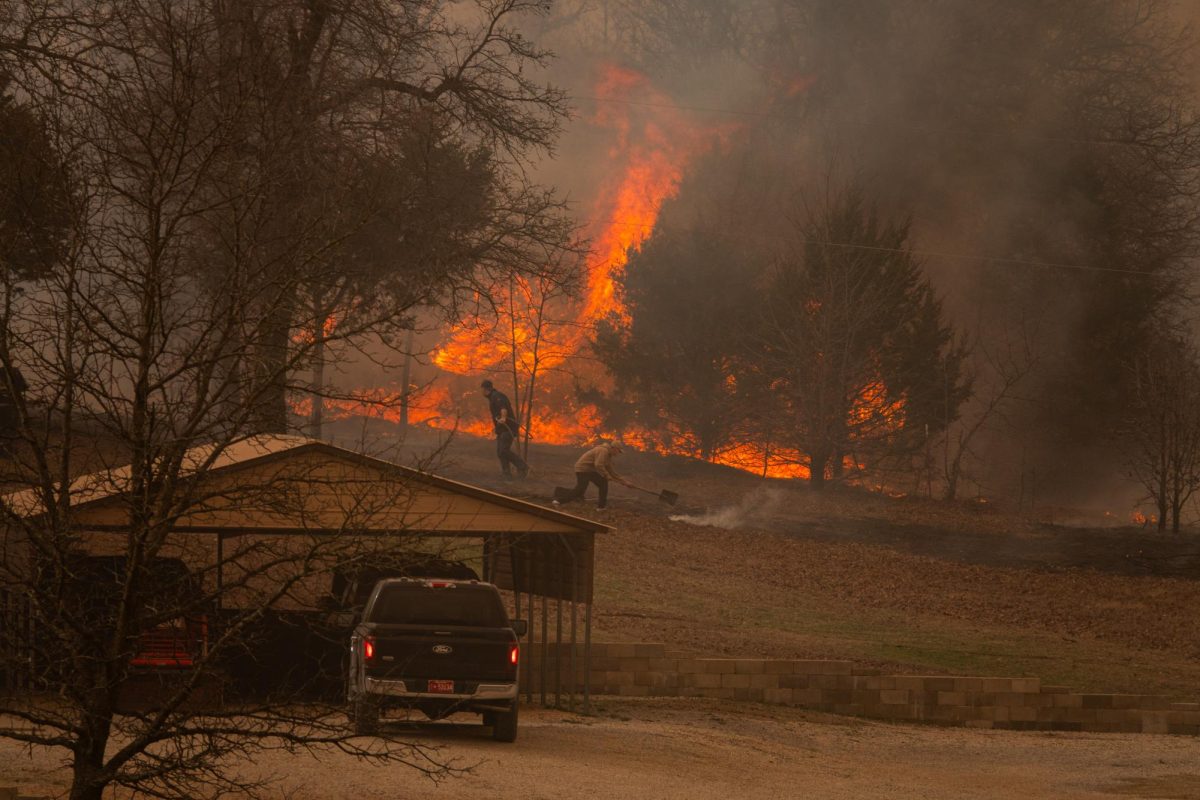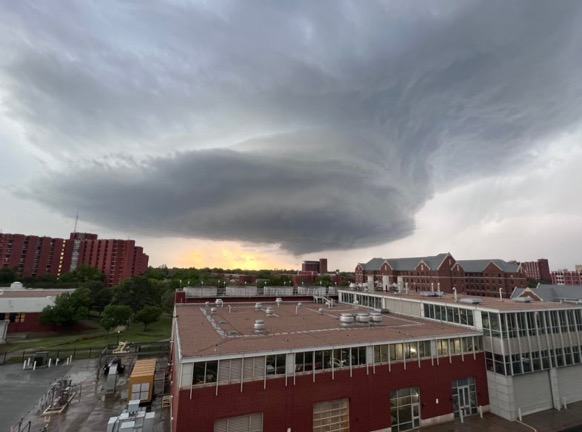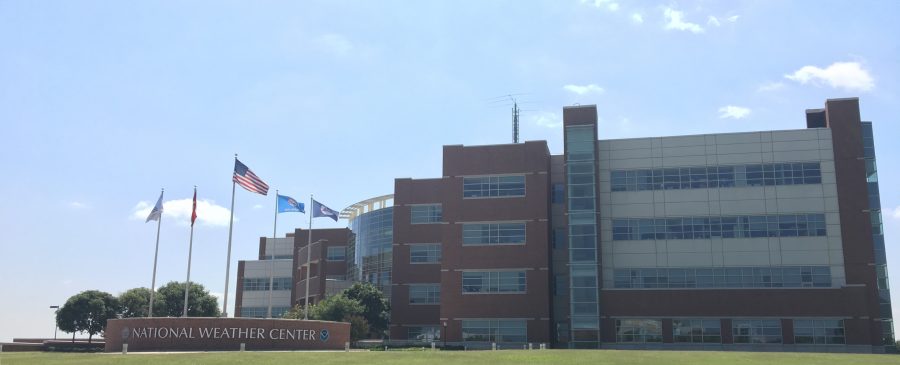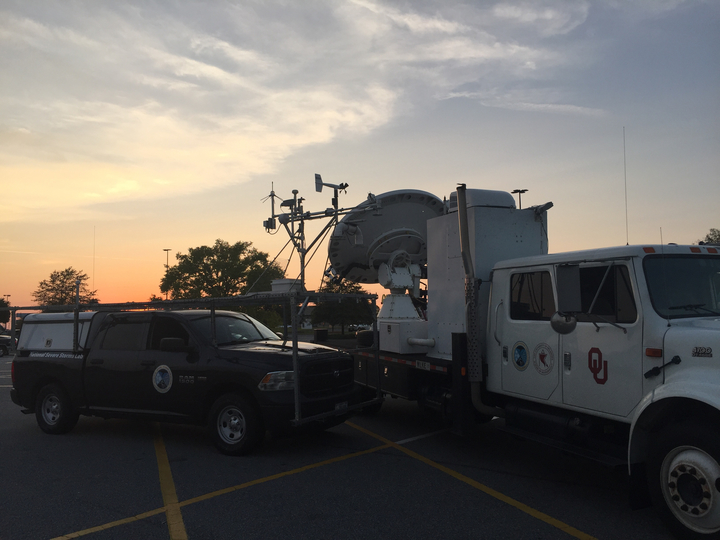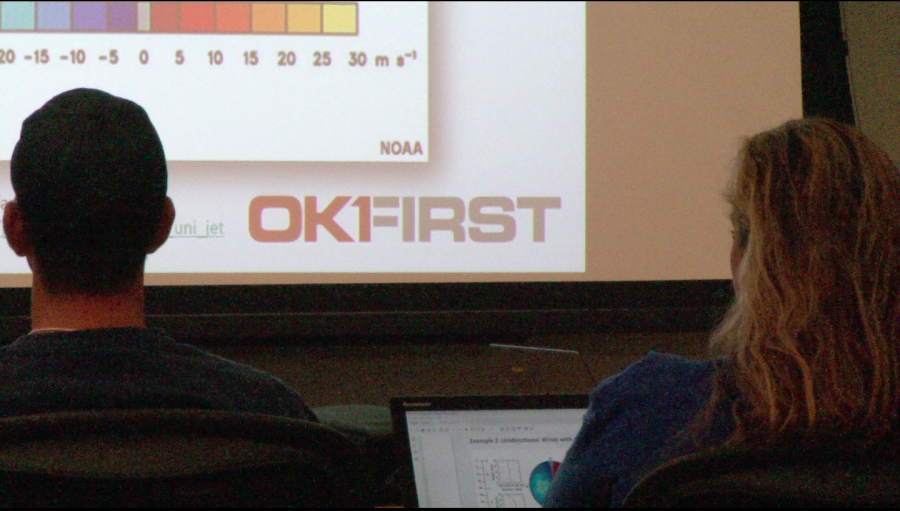WASHINGTON– One NOAA research project predicted Texas’ July 4 floods an hour before Guadalupe River gauges caught on. Now it and other life-saving projects face elimination under proposed budget cuts.
The priorities of NOAA’s research labs and research grant opportunities are set in collaboration with the National Weather Service and are carefully curated each year to be responsive to where the NWS’s needs and a “fairly mature” state of scientific development coincide, said Dr. Daphne LaDue, senior research scientist at the Center for Analysis and Prediction of Storms at the University of Oklahoma. She is just one of the NOAA researchers that call Norman home.
“These things may feel like a dream, but this research is already on track to become reality in the next decade,” said Daphne LaDue, senior research scientist at the Center for Analysis and Prediction of Storms at the University of Oklahoma .
LaDue is part of a NOAA-funded research hub pushing the boundaries of storm prediction and producing real results. Her current mission is researching “on emerging scientific and societal issues of how emergency managers and weather forecasters think about and make decisions from weather data.”
These researchers collect and map the particularly acute vulnerabilities that “keep NWS meteorologists and EMs up at night,” she said.
“NOAA funds the most promising research to assure it is carried forward to improve NWS operations to serve the U.S.,” she added.
More basic research is a critical precursor to what NOAA funds. It is generally funded by the National Science Foundation, which is also facing drastic proposed cuts.
In the wake of the July 4 floods, when every second counted, the forecasting tools funded by NOAA may have offered advanced information that systems in place couldn’t.
One of these is the Warn-on-Forecast. The Warn-on was not running real time on July 4, but researchers ran it afterward to see how it would have performed: it did a good job forecasting the location of the extreme rainfall in advance.
But another tool under development, Flooded Locations & Simulated Hydrographs Project, was running in realtime, and a scientist looked at its output after the floods on July 4, and found it predicting a rapid rising streamflow an hour ahead of the river gauges.
While Warn on and FLASH are still being improved to make them robust, both have had some “stunning successes,” said LaDue.
She said the ultimate goal of developments like these are to gain the accuracy and precision needed in forecasts so that preparations are only made when needed.
She compared it to just 10 years ago, when the Texas floods could have easily resulted in over 1,000 fatalities. These projects are just two examples of NOAA’s projects that would be cut.
The enormous benefit from making local officials aware of what could happen comes out of LaDue’s and her colleagues’ research. She said her team worked with 11 NWS offices across the US on this project, but not the San Antonio office. LaDue said she did not know if the San Antonio weather service office saw the data supplied by the hydrographs project that night.
“If the private sector did all the research and development in the US, it would not be so widely shared, and overall progress of science would slow dramatically as companies kept progress internal while working to exploit its profitability,” LaDue said.
Gaylord News is a reporting project of the University of Oklahoma Gaylord College of Journalism and Mass Communication. For more stories by Gaylord News go to GaylordNews.net.

